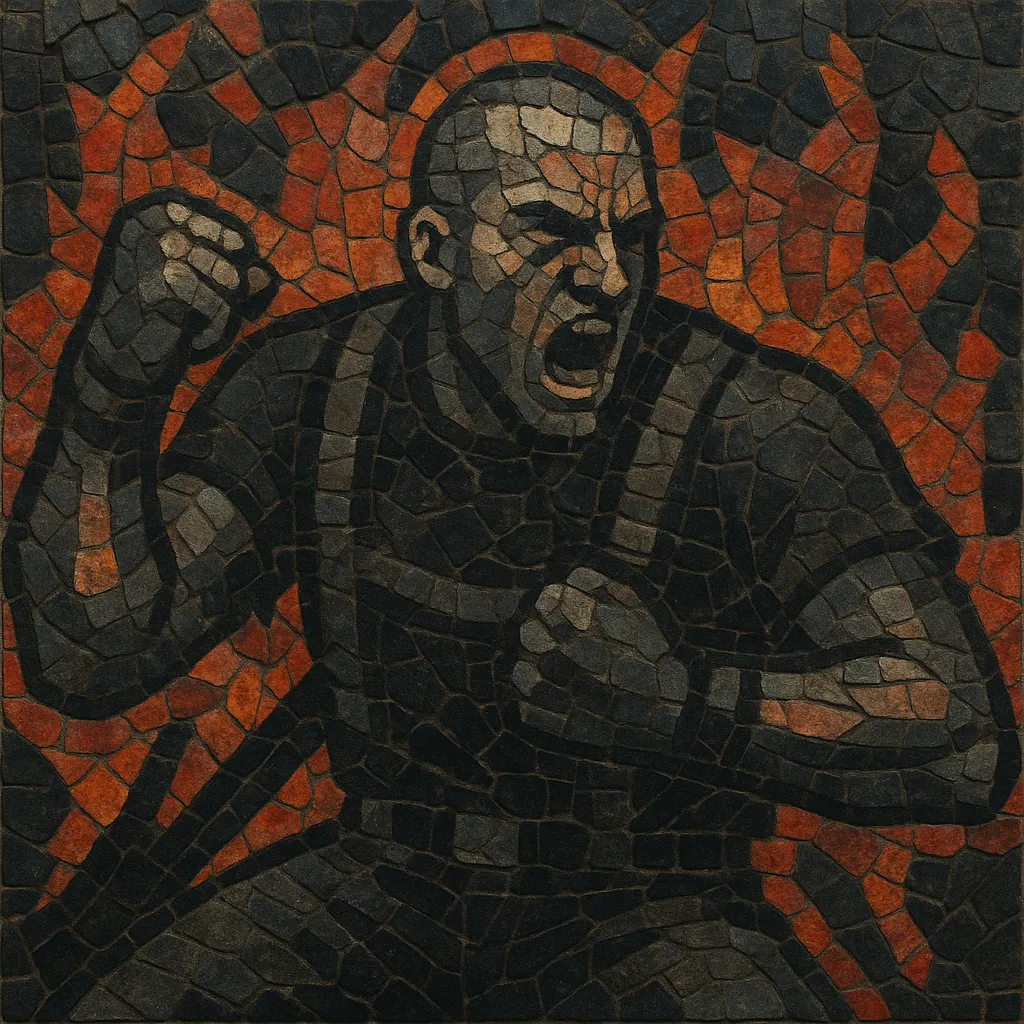
Hardline is an extremist offshoot of straight edge hardcore that emerged around the turn of the 1990s in the United States. It combined the fast, confrontational sound of hardcore punk with a highly codified ideology centered on militant veganism, drug- and alcohol-free living, sexual conservatism, and an uncompromising stance on environmental and animal liberation.
Musically, hardline bands leaned into metallic hardcore: rapid-fire drum patterns, thrash-informed riffs, down-tuned chugging, and breakdowns designed for intense pit energy. Vocals are typically shouted or barked, with gang vocals and slogan-like choruses that read like manifestos.
Beyond the music, hardline functioned as a self-identified movement with chapters, zines, and a formal manifesto, which made it one of the most ideologically explicit currents in hardcore. Its rhetoric and aesthetics—stark imagery, polemical lyrics, and a militant tone—left a lasting mark on later vegan straight edge and certain regional scenes.
Hardline took shape in the United States at the end of the 1980s, crystallizing in the early 1990s around the band Vegan Reich and the publication of a written manifesto. The sound drew from hardcore punk’s speed and intensity while incorporating thrash metal’s weight and riffing, creating a more metallic hardcore template for its polemical messaging.
Distinct from straight edge’s primarily personal-code emphasis, hardline advanced an expansive ideology: militant veganism and animal liberation, absolute abstinence from intoxicants, sexual conservatism, and a combative, moral absolutism that extended to environmental and political issues. Chapters, zines, and affiliated bands spread the message, turning shows into platforms for advocacy as much as performance.
By the early–mid 1990s, hardline-associated bands and adherents appeared in multiple U.S. cities and parts of Europe (notably the U.K. and Italy). The movement’s absolutist positions—especially on sexuality and reproductive rights—sparked significant controversy within punk and hardcore, leading many allied or adjacent bands to distance themselves even while retaining vegan straight edge or animal-rights themes.
By the late 1990s, organized hardline activity waned, but its sonic and rhetorical imprint persisted. Its militant vegan messaging and metallic hardcore sound fed into vegan straight edge, inspired regional scenes (such as H8000), and reinforced the template for manifesto-like lyrics, heavy breakdowns, and activist framing that later appeared in segments of metalcore and ideologically driven hardcore.

